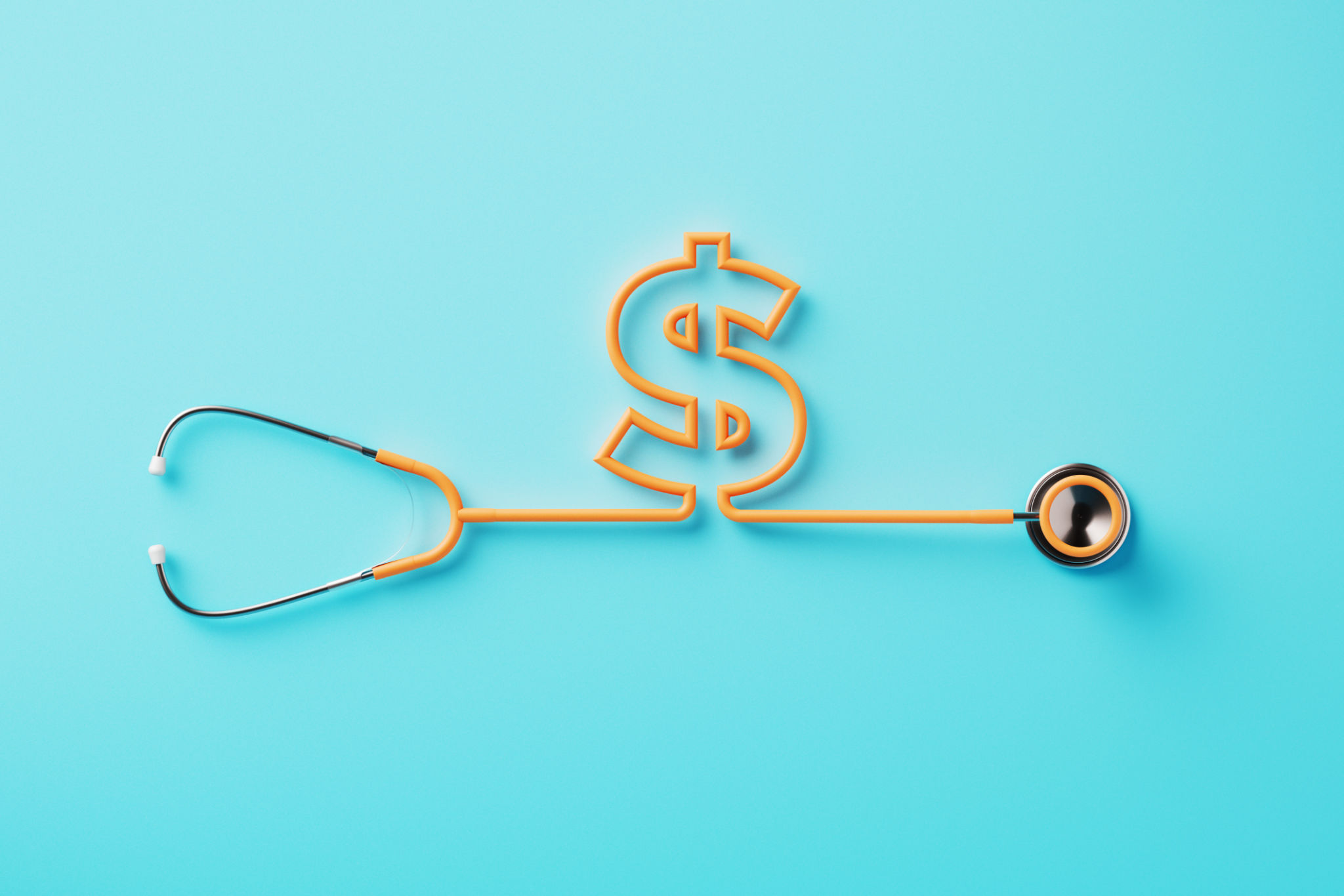How Remote Patient Monitoring Enhances Healthcare Outcomes
Introduction to Remote Patient Monitoring
Remote Patient Monitoring (RPM) is revolutionizing the healthcare landscape by offering continuous care and real-time data collection. This innovative approach allows healthcare providers to track patients' health from a distance, ensuring timely interventions and personalized care plans. By leveraging technology, RPM enhances the efficiency of healthcare systems and improves patient outcomes, particularly for individuals with chronic conditions.

How Remote Patient Monitoring Works
RPM utilizes digital technologies to monitor and capture health data from patients in real time. This data is then transmitted to healthcare providers for analysis and action. Devices such as wearable sensors, mobile apps, and home health monitors play a crucial role in this process. They collect vital signs like heart rate, blood pressure, glucose levels, and more, providing a comprehensive view of a patient's health status.
The integration of RPM into healthcare practices ensures that patients receive continuous care without the need for frequent in-person visits. This not only reduces the burden on healthcare facilities but also increases accessibility for patients who may have mobility issues or live in remote areas.
Benefits of Remote Patient Monitoring
One of the key benefits of RPM is its ability to enhance patient engagement and self-management. Patients are empowered to take an active role in their healthcare journey, leading to improved adherence to treatment plans and healthier lifestyle choices. Additionally, RPM provides healthcare providers with valuable insights that can lead to more accurate diagnoses and timely interventions.

Improving Chronic Disease Management
For individuals with chronic diseases such as diabetes, hypertension, or heart disease, RPM offers significant advantages. Continuous monitoring allows for early detection of potential complications, preventing hospitalizations and reducing healthcare costs. By maintaining an ongoing connection with healthcare providers, patients experience a proactive approach to disease management.
Moreover, RPM facilitates personalized care plans tailored to the unique needs of each patient. This individualized attention results in better control over chronic conditions and enhances overall quality of life.
Cost-Effectiveness of Remote Patient Monitoring
Cost-effectiveness is another major advantage of RPM. By reducing the need for frequent hospital visits and enabling early detection of health issues, RPM can significantly lower healthcare expenses for both providers and patients. Insurance companies also recognize the value of RPM, often providing coverage for these services due to the cost savings associated with reduced hospital admissions and readmissions.

Challenges and Future Prospects
Despite its many benefits, RPM faces challenges such as data security concerns and the need for reliable internet access. Ensuring patient privacy and compliance with regulations like HIPAA is crucial as more personal health data is collected remotely. Additionally, expanding access to digital devices and internet connectivity is essential for widespread adoption.
The future of RPM looks promising as technology continues to advance. Innovations like artificial intelligence and machine learning are expected to enhance data analysis capabilities, providing even more precise insights into patient health.
Conclusion
Remote Patient Monitoring is a transformative force in modern healthcare, offering numerous benefits for patients and providers alike. By enabling continuous care, improving chronic disease management, and reducing costs, RPM is poised to play a pivotal role in enhancing healthcare outcomes. As the technology evolves and becomes more accessible, the potential for RPM to improve lives and streamline healthcare delivery will only increase.
